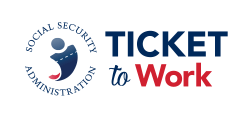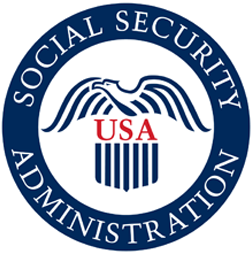Partnership Plus
Employment Networks (ENs) can elect to focus their service provision primarily or exclusively on ongoing supports for beneficiaries exiting the public Vocational Rehabilitation (VR) system after being served under the VR Cost Reimbursement (CR) program. Beneficiaries exiting VR services must have been working a minimum of 90 days for the State VR agency to get credit for a successful closure.
These ENs are referred to as Partnership Plus ENs. Many ENs accept Tickets after State VR agencies have closed the cases of beneficiaries being served under the CR program, but only those ENs that focus primarily on this population are considered to be Partnership Plus ENs.
What is unique about Partnership Plus ENs is that they usually do not provide pre-employment and job placement services. A note in the EN Request for Application (RFA) specifically addresses the Social Security Administration's expectations for ENs that accept tickets from beneficiaries exiting State VR agencies. The note in Part III-Section 1.A.3 of the RFA states:
"Job placement services are not required for Partnership Plus cases as described in Part III-Section 4.B where the State VR agency has provided job placement services and closed the case. In such cases the EN shall provide ongoing support services, including job stabilization and retention, as well as career advancement services, as needed."
To date the ongoing support services provided by Partnership Plus ENs may or may not have been coordinated with the services listed in the beneficiary's Individualized Plan for Employment (IPE). On July 22, 2014, the Workforce Innovations and Opportunities Act of 2014 (WIOA) was signed into law. WIOA includes amendments to the Rehabilitation Act of 1973 that require State VR agencies to coordinate their activities with any other State agency functioning as an EN and "to coordinate VR services with EN services for common customers." This includes, for an individual receiving assistance from an EN under the Ticket to Work program, a description of how responsibility for service delivery will be divided between the EN and the State VR agency.

